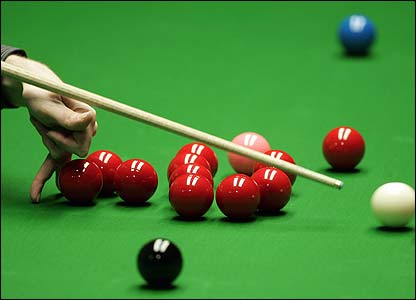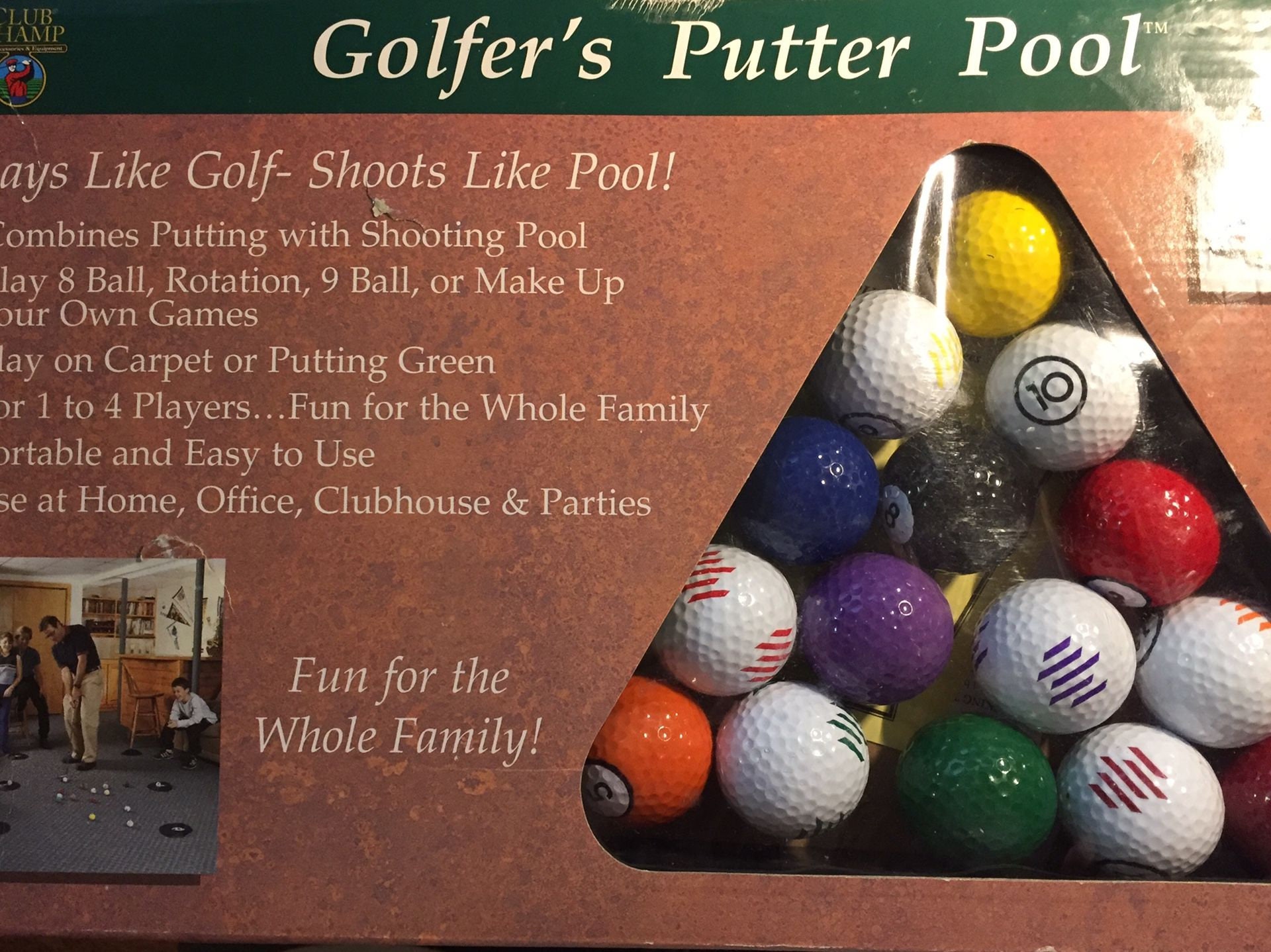
You can find snooker balls made from many different materials. These balls come in many colors and are usually smaller than pool balls. These balls also have lighter tips and smaller cues. You can use the same cue regardless of how big the table is or what the rules are. Here are some tips for those who have a table to play snooker.
Snooker pool balls are available in many colors
There are many differences in the colors of snooker pool balls. While some colors are complementary and neutral, others can be more striking. For example, the colors of blue and yellow pool balls complement each other. Other pool balls are designed to make the table look unique. You can add class to your table by purchasing a set of Ultraviolet or granite balls.
Most pool balls are solid red, but snooker uses a variety of colored balls. These balls can be yellow, green, brown, or even blue. The cueball is white. There are also stripes balls.
Materials used to create snooker balls
Snooker pool ball are made from a variety materials. They were originally made from wood which was inexpensive and readily available all over the world. The material was not durable and easily changed in shape. There were alternatives to wood that could be used. In the nineteenth century, ivory was used to create the ball. The ivory balls could only be used four times per elephant because they were so expensive.

The materials used to make snooker pool balls evolved over the centuries. Wood was a cheap material to work with, which is why it was the first material used. As time passed, Europeans began to experiment with other materials. In the seventeenth Century, pool balls were created using elephant tusks.
Size of a snooker-style pool table
Snooker is larger than pool table and has more accessories. The surface must be level and the players must be capable of controlling the ball. A cloth is used to cover the playing surface. It can be made from nylon or wool. Both these materials are very expensive, but can last many years. Consider the size and materials of the table when choosing the right one for you.
There are three sizes available for snooker. The WPA standard table has wide, angular pockets, while the WEPF table has narrower pockets. WPA tables have pockets that are two to three times wider than standard snooker balls. The WEPF table uses balls that are two to two+1/4 inches (51-54 mm), while the WPA standard table uses smaller balls.
Rules for snooker pool games
There are many rules to snooker pool. The primary goal of snooker pool is to score higher points than your opponent. You can do this by getting your opponent to foul or potting balls. The game begins with the flipping of a coin. This determines who goes first. Each player sets their cue ball anywhere within the D-shape. The goal is to make the red ball, which is the highest scoring ball in the game, into the pocket.
If the cue ball touches a ball that cannot be on, it is a foul. If the cue ball hits another ball, the player must play away from the ball. This also applies if another player nominates the ball.

Snooker pool balls are available
Snooker is a form of pool that requires the use of snooker balls. The set includes twenty-two balls. There are a rack with fifteen red balls and six red balls that are placed at predetermined locations. A white cue ball is also included. Numbering the balls gives an indication of their points value. There are two main types of snooker ball styles: the Aramith style and the English style.
Snooker pool ball are available in many materials. Because wood was inexpensive to make, the earliest balls were made from it. Europeans discovered a greater appreciation for exotic materials and started using ivory. By the 17th century, ivory became the preferred material for pool balls. Eventually, however, elephants' tusks became endangered and manufacturers sought to find alternatives.